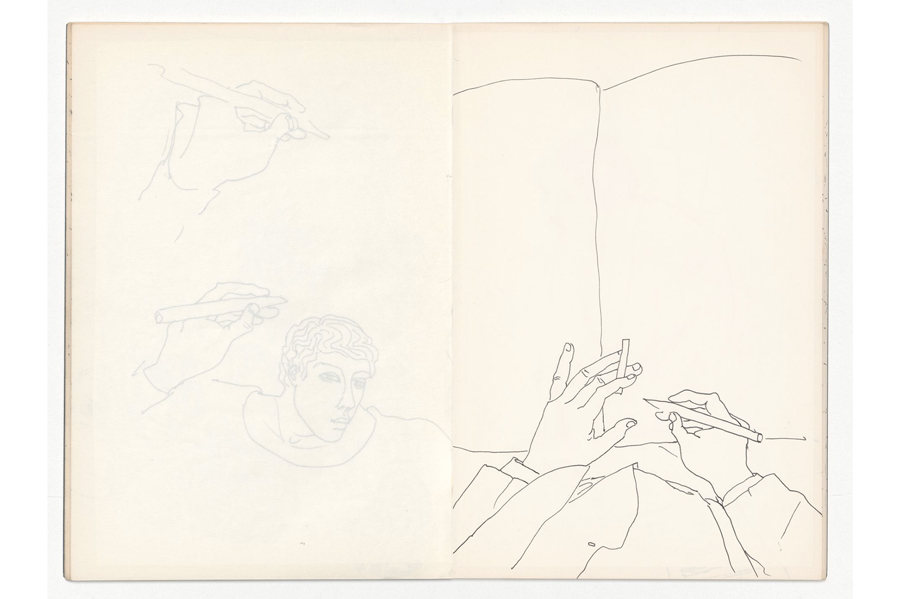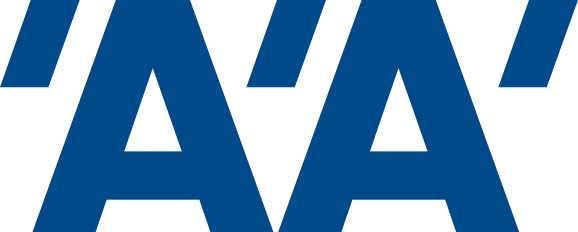A manifesto for the teaching of hand-drawing in architecture schools
Are France’s national architecture schools (ENSAs) giving up on teaching their students to draw by hand? Founded by a group of teachers and researchers in architecture schools, architects and draughtsmen, La Main de l’architecte (The Architect’s Hand) urges ENSAs and those responsible for art and representation courses to restore drawing to its rightful place in the training of future architects and designers. In its manifesto published in November 2024, the collective highlights the importance of drawing in learning how to understand space and develop architectural thinking. In the face of the omnipresence of digital tools, it defends the idea of hand-drawing as a vector of pleasure, culture, reflection and creativity, which should be taught as a cross-disciplinary subject throughout the whole curriculum.
La Main de l’architecte, collective of inter-ENSAs teachers

Manifesto: La Main de l’architecte (The Architect’s Hand)
- The aim of La Main de l’architecte is to promote and defend hand-drawing in the educational system of the French schools of architecture (ENSA), to give visibility to this historical and ontological specificity of the architect’s practice, to show the constant relevance of drawing in learning about space and form, to explain its necessary complementarity with digital tools and to emphasise its position as a link between the methods of architectural analysis, design and representation.
- La Main de l’architecte was formed in response to one observation: a decline in the teaching of hand-drawing in ENSAs, whether it be for observation, reflexion or design.
- La Main de l’architecte notes that the practice of hand-drawing in ENSAs is often caught between courses in digital design software and the teaching of visual arts, which is sometimes too far removed from drawing issues.
- La Main de l’architecte defends students’ interests above all by teaching them all forms of hand-drawing, which gives them a cultural and cognitive structure and a great capacity to adapt to the profession of architect – or any other design profession.
- La Main de l’architecte argues that the teaching of drawing is a pedagogy, not a training course, and that the ENSAs’ mission is not to produce operational trainees or to validate ephemeral professional skills, but to transmit the architect’s permanent knowledge and know-how.
- La Main de l’architecte argues that the universal language of hand-drawing can be learned, that it is not a gift, that its teaching can be demystified and based on pleasure, and that its transmission is the duty of every ENSA and forms part of its educational obligations.
- La Main de l’architecte defends the culture of hand-drawing and its transmission through lectures on the history of representation – which is inseparable from the history of architectural construction and design.
- La Main de l’architecte argues that the ability to observe, to develop one’s eye, to visualise space and to apply geometry are specificités of the architect’s work that can only be acquired through regular practice of hand-drawing.
- La Main de l’architecte argues that the ability to express thought and the capacity for abstraction conveyed by hand-drawing give the architect a unique power of synthesis: it is through drawing that it is possible to observe, record, research, design, communicate and build.
- La Main de l’architecte defends hand-drawing as the most appropriate tool for reflexion, manipulation and representation in the praxis of all spatial design research and all forms of project. Drawing should not be confined to the sole role of producing images.
- La Main de l’architecte defends the physical involvement of the body in space and time, in attention and concentration, in the experience of wandering, in the multiple perceptions and physical experimentation involved in making a drawing with ‘real’ tools which contribute to a manual and embodied practice of architecture.
- La Main de l’architecte argues that drawing is a vector of humility. Drawing what exists, at the height of man and woman, understanding its strong lines, picking out its subtleties and keeping track of them makes one humble in the face of reality and modest in the face of the project: the drawing is mended, failed, corrected, reworked, stripped of habits and superflu.
- La Main de l’architecte defends hand-drawing as a frugal, ecological, economic, social and democratic tool that is always and easily available, and which responds to energy dependency and pollution, to the tyranny of software subscriptions and to the purchase of expensive and rapidly obsolete machines.
- La Main de l’architecte defends hand-drawing as a way of anchoring architecture in its historical, cultural and territorial context, and responding to social and climatic challenges that require fine observation of the territory while dealing with what already exists, whereas automated and industrial global solutions generated by simulation software are leading the profession towards generative artificial intelligence and standardised architecture.
- La Main de l’architecte argues that the replacement of hand-drawing by digital tools in education leads to a loss of engagement of the body and vision in space. The computer screen has neither edges nor scale, neither materiality nor hierarchy, creating the illusion of precision and completion.
- La Main de l’architecte argues that drawing by hand is a representation, not a simulation. Representation establishes a distance between signs and their referents, opening up a space for the imagination. Simulation destroys the distance between representation and object, replacing reality rather than representing it.
- La Main de l’architecte notes that drawing allows individuality and unique skills to emerge, while digital technology smoothes out the differences. Experimentation through representation prepares students for the design process, opens up the field of possibilities and imaginations, pushes students towards autonomy and encourages a didactic and critical perspective that allows for links with research to be forged at a very early stage.
- La Main de l’architecte argues that hand-drawing should be practised throughout the curriculum, that the different tools of representation are complementary but not transposable, that thinking in terms of the hand is not a rejection of digital tools but is essential to their proper use, and notes that commonplaces such as ‘we must not oppose the hand and the digital’ only lead to unproductive debate.
- La Main de l’architecte asserts that representation by hand and digital representation are two distinct disciplines and should not be merged into a single disciplinary field.
- The Architect’s Hand links the future of drawing to that of the model, which must also remain a tool for research, manipulation and spatial understanding. Systematically delegating its construction to the 3D printer or laser cutter sacrifices all related learning for the sole purpose of yield, where ingenuity and the work of the hand are depleted.
- La Main de l’architecte argues that the workload involved in learning to draw should be shared collectively across the courses of the curriculum.
- La Main de l’architecte undertakes to participate in the redefinition of the visual arts and representation courses by affirming the privileged place of hand-drawing to the authorities and supervisory departments, in order to consolidate its place in all schools and to safeguard it as a ‘fixed component’ with a quota of compulsory minimum hours and practice.
- La Main de l’architecte questions the teacher-researcher status, its consequences for the transmission of know-how, the balance between teaching and research, and the weakening of the position of practitioners of all disciplines within ENSAs.
- La Main de l’architecte deplores the increasingly frequent discouragement of the use of the hand in the teaching of design and supports any individual teacher who shares this view and any student who calls for the teaching of drawing by hand.
- La Main de l’architecte defends architecture itself, the quality of which is intrinsically linked to the tools of its design, their timeless relevance, the value of their teaching, and the pleasure of their use.
Paris, 19 november 2024
This manifesto is the synthesis of the reflexions exchanged with all the participants in the work meetings of the collective La Main de l’architecte. It was written by :
Ethel Buisson, MCF ATR-APV, member of the LHAC laboratory at ENSA Nancy
Frédéric Chastanier, MCF ATR-RA, member of the GERPHAU laboratory at ENSA Paris-La-Villette
Gilles Marrey, MCF ATR-APV at ENSA Paris-Belleville
Mehdi Zannad, MCF ATR-RA at ENSA Paris-Malaquais
L'Architecture d'Aujourd'hui's online media welcomes contributions from anyone wishing to express their views on current architectural issues. The articles published are the sole responsibility of their authors.

